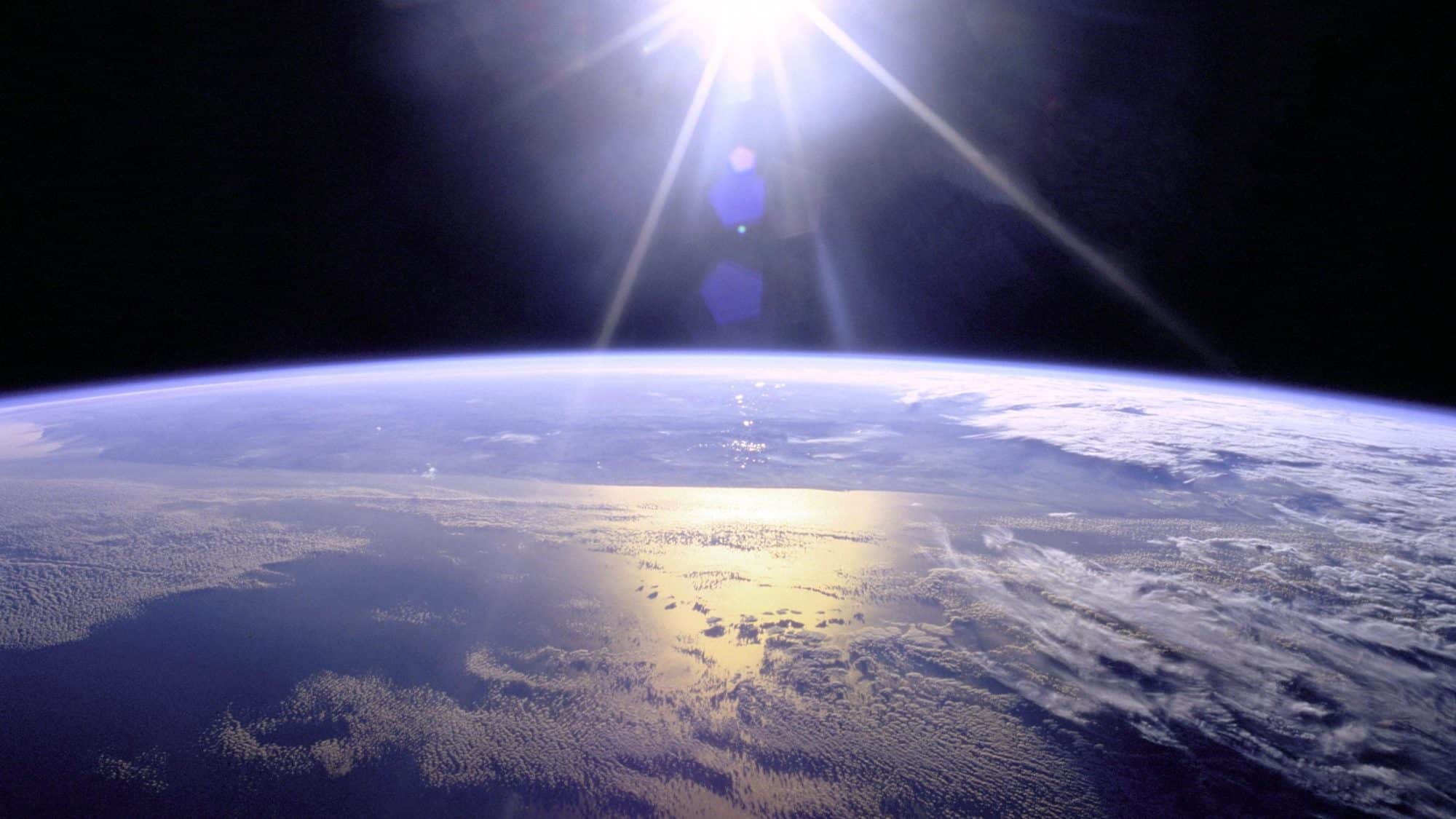These are The Geoengineering Projects Planned To Fix Earth Using Science
Geoengineering projects are designed to mitigate the negative effects of climate change. Even though large-scale geoengineering projects are still at the conception stage, supporters claim that it may sooner or later become crucial to evade the most awful effects of climate change. Here are a few existing and possible geoengineering projects that might give some real results in the long run:
1. Carbon-sucking fans

Climeworks, a company based in Switzerland, has employed massive fans that draw carbon out from the air, and then they use the carbon for growing vegetables in a nearby garden. Their estimation is that it will suck around 900 tons of carbon out of the air every year, at a rate of about $600 per ton. Some say that it’s too costly, even more, expensive as compared to the ultra-expensive technologies for capturing the carbon from the exhaust of fossil fuel plants. Yet the project’s potential contribution towards improving the atmosphere cannot be ignored, which makes it a worthwhile investment, despite its cost.
2. Solar Geoengineering

Solar geoengineering comprises discharging aerosols into the atmosphere that would redirect sunlight back into space, averting some part of sunlight from coming into Earth’s atmosphere. The team is planning to launch an outdoor sky-modifying experiment in US during early spring 2019. They will send two balloons into the stratosphere with first balloon carrying ice to ensure the instruments are working properly and the second balloon would be carrying calcium carbonate. It would be releasing particles into a small part of the sky to help send the sun rays back into space. Based on present findings, the benefits of solar geoengineering might outweigh any possible drawbacks.
3. Feeding iron to phytoplankton

Phytoplankton, which is a microscopic organism that is almost everywhere in the earth’s oceans, likes to eat iron. In addition, they also draw carbon dioxide out of the atmosphere. Scientists have tested what putting iron into the oceans can do to phytoplankton populaces, and, to what capacity it can reduce the amount of carbon in the atmosphere.
According to Nature, there have already been about 13 main open tests of ocean fertilization, like dumping iron into the oceans since 1990.
4. A giant wall to block warm water
Atlantic’s warmer streams are melting the base of the glacier, and so the scientists have proposed erecting a wall about 100 m tall in front so as to stop the warm water from reaching the glacier. The wall would be built with gravel and sand to create a non-natural embankment.
5. Artificial islands to pin ice shelves

When glaciers slide into the sea, they make massive ice shelves. Warmer waters make these ice shelves thinner, and they might break off completely at some point, and thus, increasing sea level at a speedy rate. Mainly, there are two glaciers, Pine Island and Thwaites, in West Antarctica, that are the source of concerns for the scientists. As they continue to melt, they will become the largest sources of rising sea-level over the next two centuries. The scientists suggest shoring up ice shelves by building artificial islands.
6. Propelling or cooling water underneath
As a glacier slips down the rock, it produces heat. This heat results in fast-flowing streams that go into the sea, making the glacier move quicker. In Antarctica, streams can be rather shallow, and the scientists suggest to either pump out water or freeze it by flowing cooled water underneath to slow down the glaciers. It might include building huge pumping stations to circulate cooled brine underneath glaciers such as the Pine Island glacier in Antarctica so as to stop their bases from melting and sliding into the sea.
Comments
0 comments
